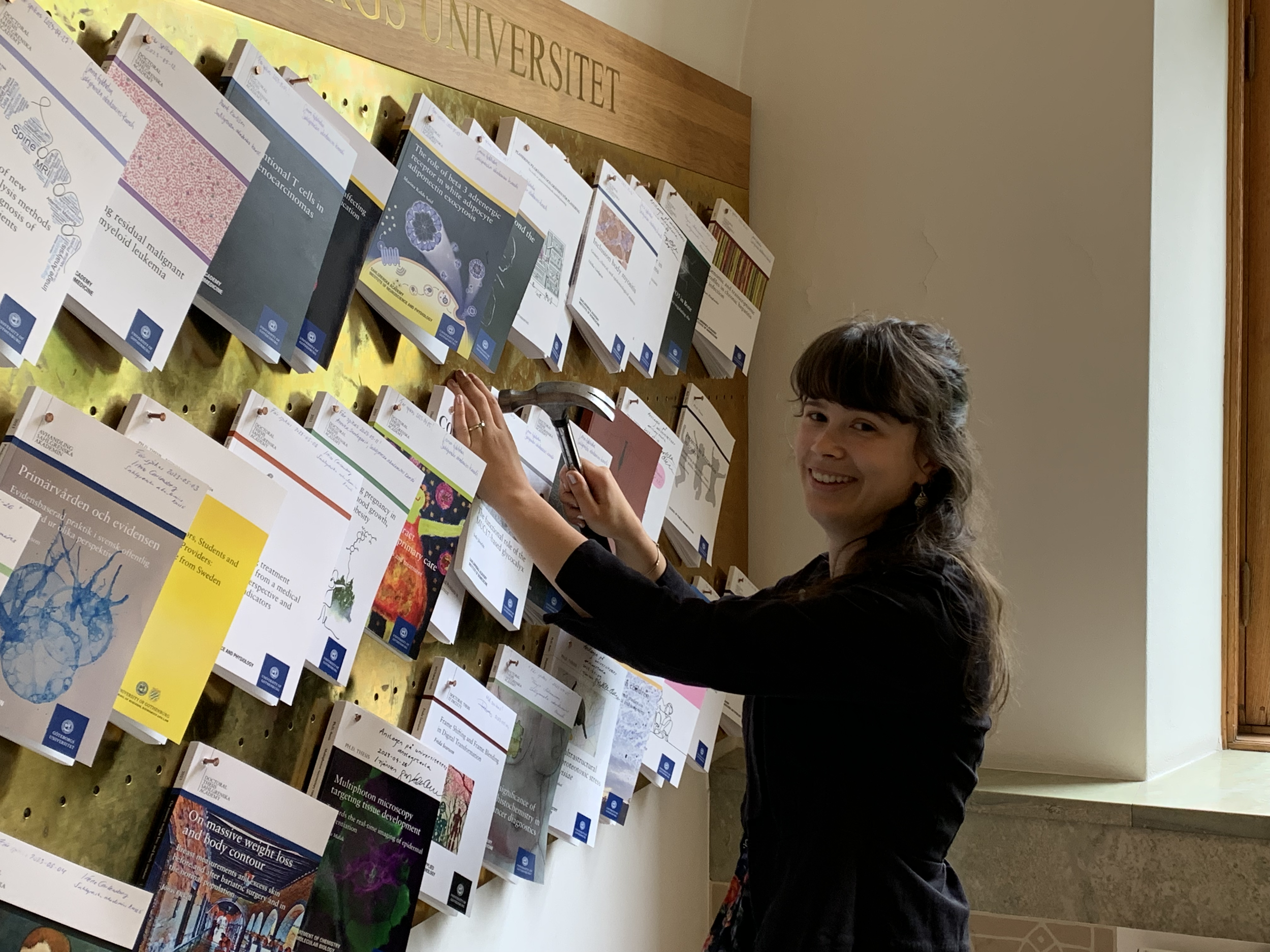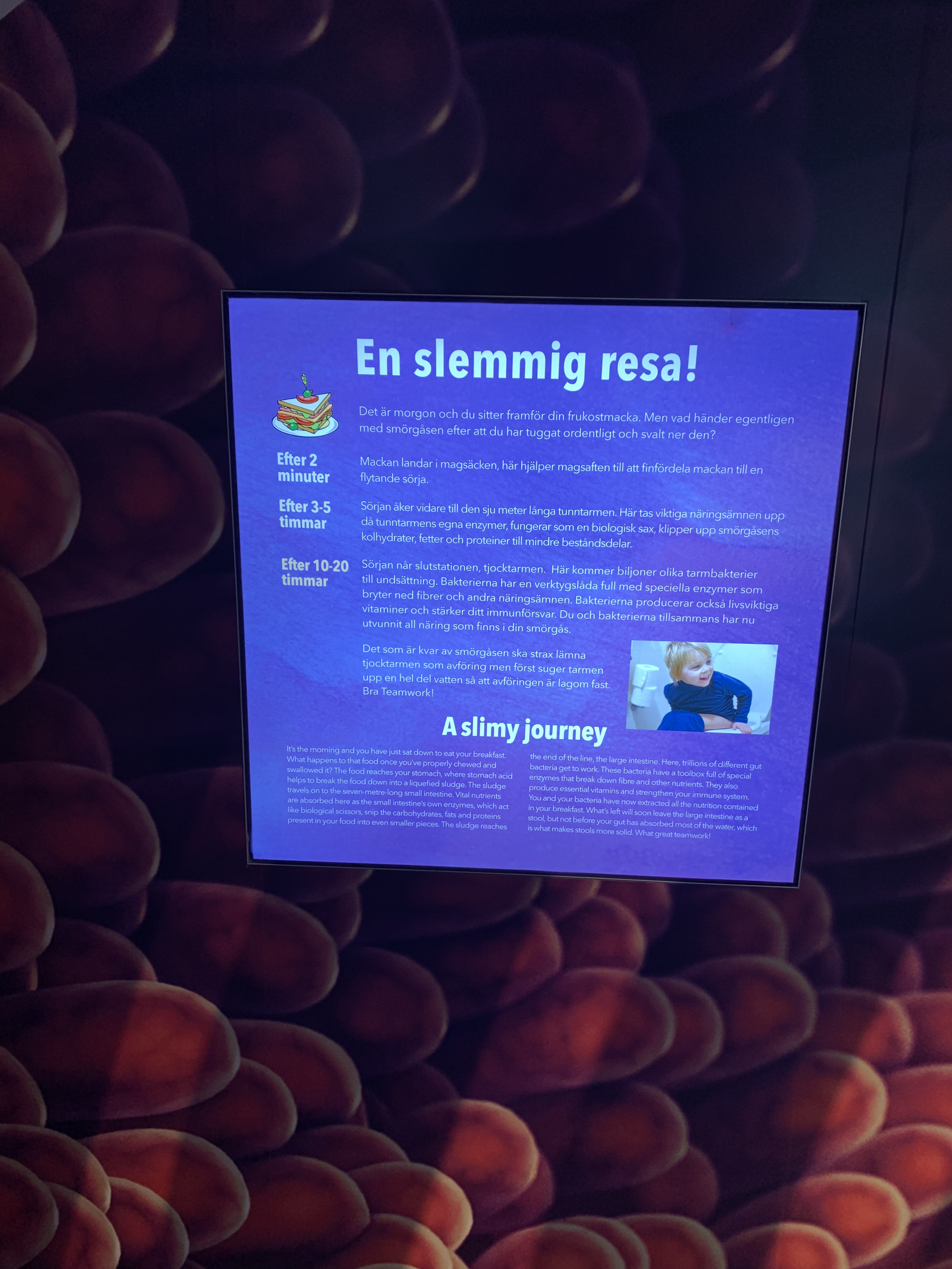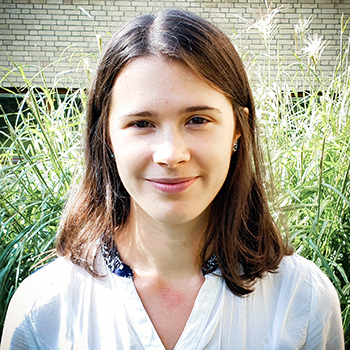Layunta E, Jäverfelt S, van de Koolwijk FC, Sivertsson M, Dolan B, Arike L, Thulin S, Vallance BA, Pelaseyed T. MUC17 is an essential small intestinal glycocalyx component that is disrupted in Crohn's disease. bioRxiv [Preprint]. 2024 Feb 8:2024.02.08.578867. doi: 10.1101/2024.02.08.578867
Jäverfelt S, Hellsén G, Kaji I, Goldenring JR, Pelaseyed T. The MYO1B and MYO5B motor proteins and the SNX27 sorting nexin regulate membrane mucin MUC17 trafficking in enterocytes. bioRxiv [Preprint]. 2023 Mar 7:2023.03.06.530313. doi: 10.1101/2023.03.06.530313. PMID: 36945389.
Lang T, Pelaseyed T. Discovery of a MUC3B gene reconstructs the membrane mucin gene cluster on human chromosome 7. PLoS One. 2022;17(10):e0275671. doi: 10.1371/journal.pone.0275671. PMID: 36256656.
Layunta E, Jäverfelt S, Dolan B, Arike L, Pelaseyed T. IL-22 promotes the formation of a MUC17 glycocalyx barrier in the postnatal small intestine during weaning. Cell Rep. 2021 Feb 16;34(7):108757. doi: 10.1016/j.celrep.2021.108757. PMID: 33596425.
Pelaseyed T, Hansson GC. Membrane mucins of the intestine at a glance. J Cell Sci. 2020 Mar 13;133(5). doi: 10.1242/jcs.240929. PMID: 32169835
Schneider H, Berger E, Dolan B, Martinez-Abad B, Arike L, Pelaseyed T, Hansson GC. The human transmembrane mucin MUC17 responds to TNFα by increased presentation at the plasma membrane. Biochem J. 2019 Aug 6. pii: BCJ20190180. doi: 10.1042/BCJ20190180. PMID: 31387973.
Pelaseyed T, Bretscher A. Regulation of actin-based apical structures on epithelial cells. J Cell Sci. 2018 Oct 17;131(20). pii: jcs221853. doi: 10.1242/jcs.221853. PMID: 30333133
Schneider H, Pelaseyed T, Svensson F, Johansson MEV. Study of mucin turnover in the small intestine by in vivo labeling. Sci Rep. 2018 Apr 10;8(1):5760. doi:10.1038/s41598-018-24148-x. PMID: 29636525
Pelaseyed T, Viswanatha R, Sauvanet C, Filter JJ, Goldberg ML, Bretscher A. Ezrin activation by LOK phosphorylation involves a PIP(2)-dependent wedge mechanism. Elife. 2017 Apr 21;6. pii: e22759. doi: 10.7554/eLife.22759. PMID: 28430576
Lebrero-Fernández C, Bergström JH, Pelaseyed T, Bas-Forsberg A. Murine Butyrophilin-Like 1 and Btnl6 Form Heteromeric Complexes in Small Intestinal Epithelial Cells and Promote Proliferation of Local T Lymphocytes. Front Immunol. 2016 Jan 19;7:1. doi: 10.3389/fimmu.2016.00001. PMID: 26834743
Sauvanet C, Wayt J, Pelaseyed T, Bretscher A. Structure, regulation, and functional diversity of microvilli on the apical domain of epithelial cells. Annu Rev Cell Dev Biol. 2015;31:593-621. doi: 10.1146/annurev-cellbio-100814-125234. PPMID: 26566117.
Pelaseyed T, Bergström JH, Gustafsson JK, Ermund A, Birchenough GM, Schütte A, van der Post S, Svensson F, Rodríguez-Piñeiro AM, Nyström EE, Wising C, Johansson ME, Hansson GC. The mucus and mucins of the goblet cells and enterocytes provide the first defense line of the gastrointestinal tract and interact with the immune system. Immunol Rev. 2014 Jul;260(1):8-20. doi: 10.1111/imr.12182. PubMed 24942678
Pelaseyed T, Gustafsson JK, Gustafsson IJ, Ermund A, Hansson GC. Carbachol-induced MUC17 endocytosis is concomitant with NHE3 internalization and CFTR membrane recruitment in enterocytes. Am J Physiol Cell Physiol. 2013 Aug 15;305(4):C457-67. doi: 10.1152/ajpcell.00141.2013. PMID: 23784542
Pelaseyed T, Zäch M, Petersson AC, Svensson F, Johansson DG, Hansson GC. Unfolding dynamics of the mucin SEA domain probed by force spectroscopy suggest that it acts as a cell-protective device. FEBS J. 2013 Mar;280(6):1491-501. doi: 10.1111/febs.12144. PMID: 23331320
Johansson ME, Ambort D, Pelaseyed T, Schütte A, Gustafsson JK, Ermund A, Subramani DB, Holmén-Larsson JM, Thomsson KA, Bergström JH, van der Post S, Rodriguez-Piñeiro AM, Sjövall H, Bäckström M, Hansson GC. Composition and functional role of the mucus layers in the intestine. Cell Mol Life Sci. 2011 Nov;68(22):3635-41. doi: 10.1007/s00018-011-0822-3. PubMed PMID: 21947475.
Pelaseyed T, Hansson GC. CFTR anion channel modulates expression of human transmembrane mucin MUC3 through the PDZ protein GOPC. J Cell Sci. 2011 Sep 15;124(Pt 18):3074-83. doi: 10.1242/jcs.076943. PMID: 21852426.
Malmberg EK, Pelaseyed T, Petersson AC, Seidler UE, De Jonge H, Riordan JR, Hansson GC. The C-terminus of the transmembrane mucin MUC17 binds to the scaffold protein PDZK1 that stably localizes it to the enterocyte apical membrane in the small intestine. Biochem J. 2008 Mar 1;410(2):283-9. PMID: 17990980.
See complete list of publications on Pubmed.













 orcid.org/0000-0002-6434-3913
orcid.org/0000-0002-6434-3913
